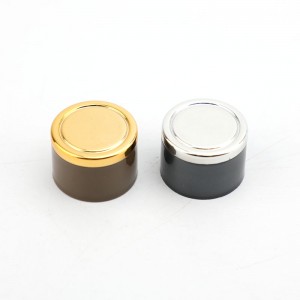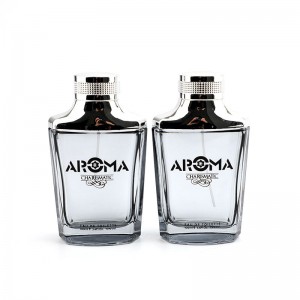Introduction:
The design structure of perfume bottles plays a crucial role in attracting consumers and enhancing the overall aesthetic appeal of the fragrance. This article will delve into the various aspects of perfume bottle design, including its shape, materials, cap, and spray mechanism.
1. Shape:
The shape of a perfume bottle is an essential element that reflects the fragrance’s personality and brand identity. Designers often create unique and innovative shapes, ranging from classic rectangular or cylindrical forms to more extravagant and abstract designs. The shape should complement the fragrance and convey its essence to potential buyers.
2. Materials:
Perfume bottles are crafted from a variety of materials, each offering distinct characteristics and visual appeal. Common materials include glass, crystal, porcelain, and even plastic. Glass, with its transparency and ability to showcase the color of the fragrance, is a popular choice. Crystal adds a touch of luxury and elegance, while porcelain can evoke a sense of delicacy and sophistication.
3. Cap:
The cap of a perfume bottle serves both practical and aesthetic purposes. It protects the fragrance from exposure to air and helps maintain its quality. Additionally, the cap contributes to the overall design, often featuring intricate details or branding elements. Magnetic closures or unique opening mechanisms can add a touch of exclusivity to the packaging.
4. Spray Mechanism:
The spray mechanism is a vital component of perfume bottle design, ensuring an effortless and controlled application of the fragrance. It should provide a fine mist that evenly disperses the scent. Manufacturers often invest in advanced technology to develop innovative spray mechanisms that enhance the user experience.
5. Branding and Labeling:
The design structure of a perfume bottle should also incorporate branding and labeling elements. The brand logo, name, and additional information about the fragrance are typically displayed on the bottle. These elements contribute to brand recognition and help consumers make informed choices.
Conclusion:
The design structure of perfume bottles goes beyond mere packaging; it is an art form that encapsulates the essence of the fragrance. From the shape to the materials used, every aspect is carefully considered to create a visually appealing and functional product. The design structure not only attracts consumers but also serves as a reflection of the brand’s identity and the unique characteristics of the fragrance itself.
Post time: Jul-12-2023

